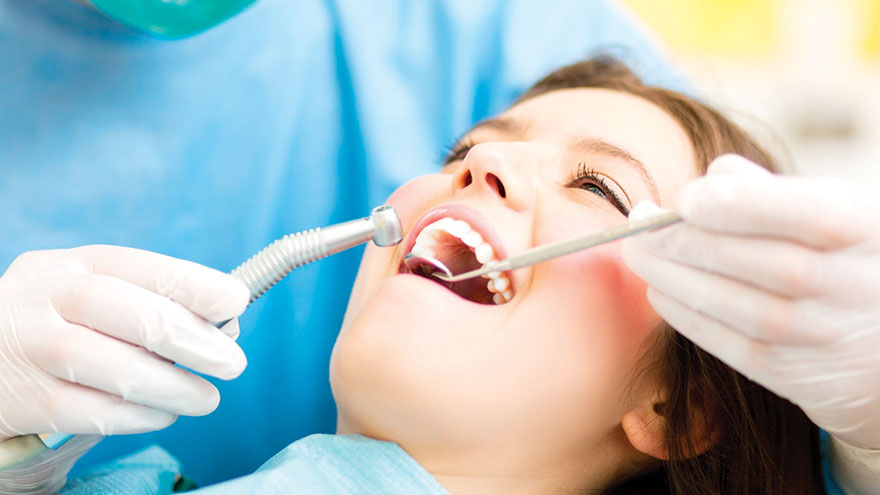Damage From a Crown Cement Failure
Dental crowns, also known as caps, are artificial teeth made from materials such as porcelain, ceramic, metals or resin. Crowns are used to cover broken or damaged teeth, or to provide stability to surrounding teeth.
The original tooth is cut or filed down to accommodate the crown, which fits over the old tooth like a glove and is cemented into place. With time and continual use, this cement can loosen and dissolve, causing the crown to fall off and creating a potential for other problems.

Tooth Contamination
When a crown falls off, the exposed tooth can become coated with bacteria, opening it to plaque and decay. Remove the crown from your mouth; gently rub a toothbrush over the exposed tooth.
You may feel sensitivity if the tooth’s root is still intact. Use the brush to clean off the crown, as well. Allow both to air dry. If the tooth will be exposed to continued bacteria, such as food or beverages, for a day or so before the dentist can repair the crown, this process will need to be repeated on the exposed tooth.
Tooth Shifting
If the crown is left off for some time before it is reattached, it is possible that the remaining tooth can shift in your gums, causing crowding or damage to surrounding teeth.
This can also affect the teeth that oppose it on the gum below or above the exposed tooth. Shifting can occur in just a few hours, making it important to see your dentist as soon as possible. If there is a delay, avoid chewing and biting to lessen the possibility that shifting can occur.
Crown Damage
As the cement fails and the crown loosens, it can become damaged from other teeth. Crowns often fall out during the chewing process and can be scraped, broken or crushed by other teeth in the moment after detachment before you realize that the crown has fallen off. You should remove it from your mouth immediately to avoid swallowing or inhaling it. While it may pass through a body without creating harm, the digestive process would render it unusable.
Gum Disease
When the cement loosens under a crown, it can allow the crown to shift on the underlying tooth; this can create a gap under the crown that allows bacteria and plaque to build up and begin destroying the surrounding gum.
This can occur even when the crown still appears to be in place. Signs of a problem are bleeding or inflamed gums, redness, and a receding gum line. If any of these signs occur, see your dentist immediately to have the crown properly fitted and recemented.
You Might Also Like :: What Is COPD Respiratory Failure?

